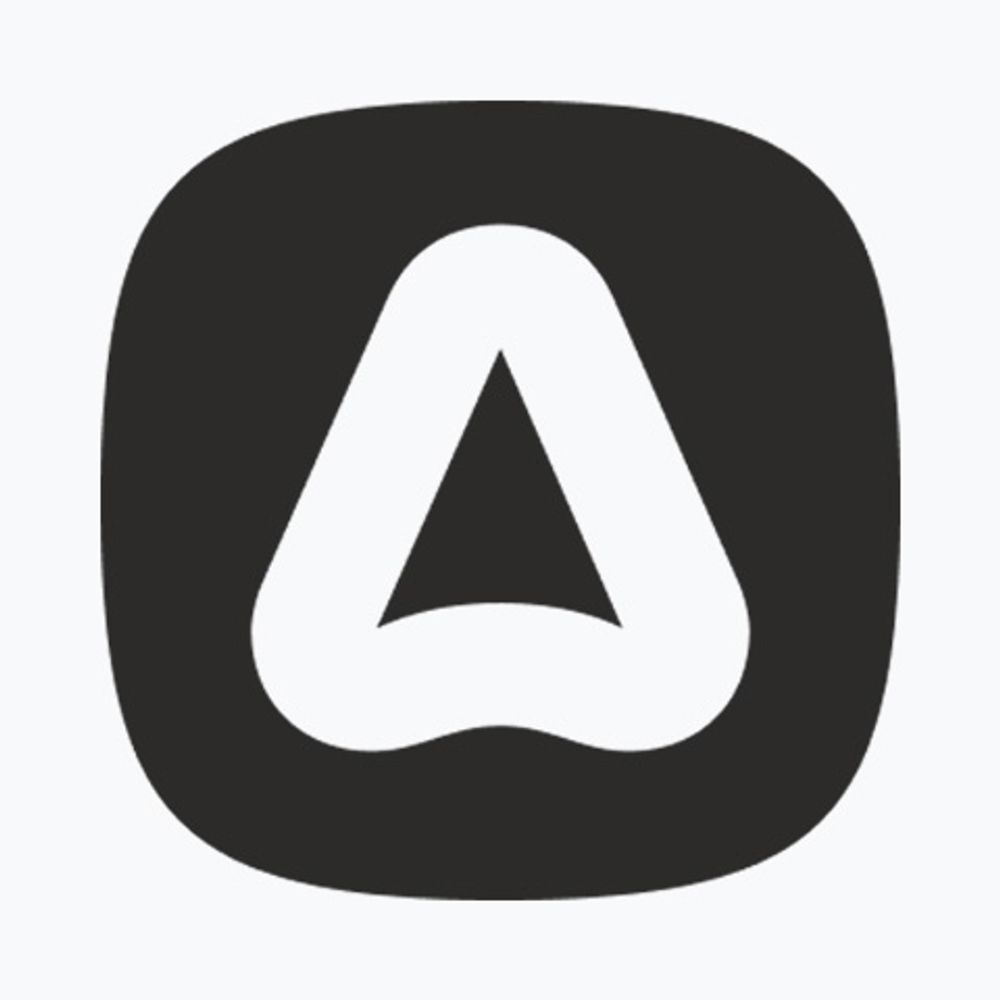Sub-Topics
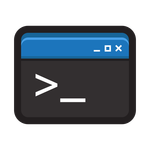
Ace CLI

Actions

Authentication

Authorization

Bouncer

Components
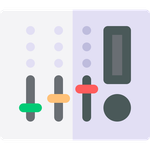
Controllers

Drive

EdgeJS


HttpContext

InertiaJS

Lucid

Rate Limiting

Router

Services

Testing

Tips

Validator
Series
Pragmatic Testing in AdonisJS with Japa
Throughout this series, we'll introduce the Japa testing framework, which comes prepackaged with most AdonisJS starter kits. We'll understand how it integrates with AdonisJS, the CLI options it provides, it's assertion library, plugins, and more.
AdonisJS Scenarios
In this ongoing series, we'll cover various scenarios you're likely to run into while developing or maintaining an AdonisJS application. Topics will range from authentication challenges to database management, testing, and more.
Building A Multi-Search with Meilisearch & AdonisJS
In this series, we'll build a server-rendered mutli-search utilizing Meilisearch, Unpoly, and a sprinkle of AlpineJS. We'll setup factories and seeders to make fake data to allow us to index and search against books, authors, and genres simultaneously!
AdonisJS Quick Tip
Quick tips, lessons, and screencasts covering specific topics on AdonisJS.
Adding an API to an AdonisJS Web App
In this series, we'll add a API, using Opaque Access Tokens for authentication, to a preexisting web application. We'll implement dual-guard authentication, add a token management panel, and authenticate our API directly with an organization model!
Building with AdonisJS & Inertia
We'll learn how to use InertiaJS with AdonisJS 6 to build a feature-complete application, called PlotMyCourse. Our application will use server-side rendering (SSR), Vue 3, and Shadcn-Vue. It'll feature organizations, drag-and-drop, and lots of forms.
AdonisJS In 30
In this series, we'll highlight various features and functionalities in AdonisJS you can complete in about 30 minutes or less.
Let's Learn AdonisJS 6
In this series, we'll learn AdonisJS 6 step-by-step in a beginner-friendly way. Covering topics like routing, controllers, services, EdgeJS, Lucid ORM, forms, filtering, authentication, etc.
EdgeJS Components
In this series, we'll take a deep dive into EdgeJS Components by creating our own reusable components from the PinesUI component library, built with TailwindCSS and ApineJS.
Discussions
Cloudflare R2 for Video Storage
Hi Tom,I just read your fantastic article on Adocasts, "Testing Cloudflare R2 for Video Storage," and wanted to say, great job. The solution you've outlined is really clever and I found the implementation very interesting.I'm writing because...
Add a webhook endpoint to AdonisJS web app | FIXED
I'm just getting started with AdonisJS, I used the web app template, and now I need to add a webhook endpoint, so I can receive events from third-party platforms(such as payments) how can I do that.Excuse my newbie question.UPDATEFixed it, ...
Averaging over time period and grouping by properties
So i have a adonis model where i store propertyValue and each entry has a timestamp (ISO 8601). There are several properties which is related via a propertyId. So my objective is to aggregate data and get averages over a day for a particular...
Adonis + Docker
Hello, Is there a lesson talking about adonis development / deployment using docker docker-compose?
building-with-adonisjs-and-inertia repository setup error on local machine.
Hello I'm trying setup this project: https://github.com/adocasts/building-with-adonisjs-and-inertia on my local machine and I'm getting this error: [postcss] /home/thiago/study/node/building-with-adonisjs-and-inertia/inertia/components/SettingsShell...
Not able to share flash messages to frontend with inertia
I can't figure out how to get flash messages to my frontend with inertia.. // config/inertia.ts sharedData: { notifications: (ctx) = ctx.inertia.always(() = ctx.session?.flashMessages.get('notifications')), } // app_controller....
Lessons

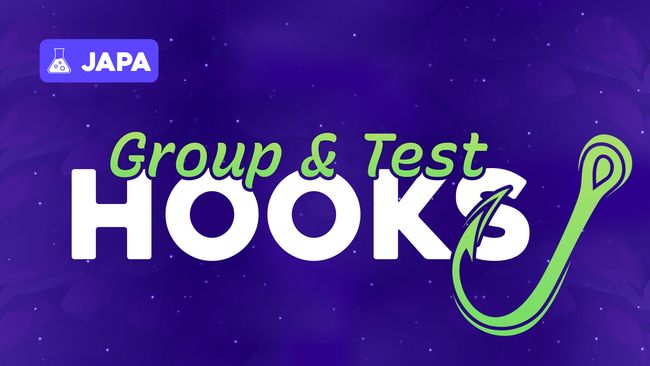

Group & Test Lifecycle Hooks
In this lesson, we'll walk through a number of lifecycle hooks we can use on a per-group and per-test basis. We'll also discuss how we can run a hook for each test and how setup hooks allow a convenient cleanup method.



Naming Tests
In this lesson, we'll discuss how to quickly write a good test name in a single, brief sentence.

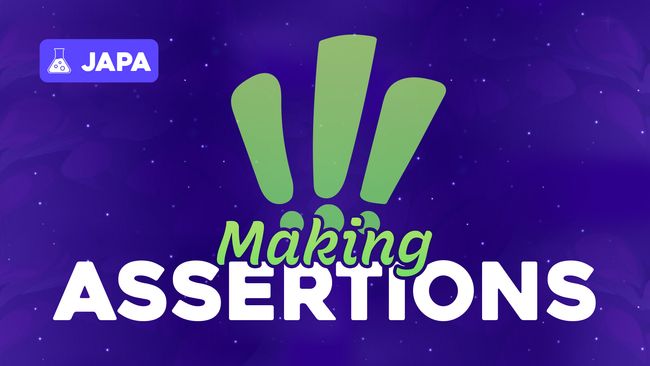

Making Assertions
In this lesson, we'll get comfy with making assertions against actual and expected values. We'll step through and demo several highly used assertion methods to see exactly how they work.

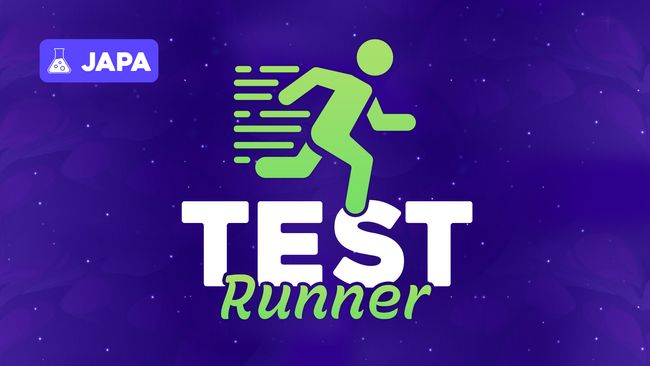

Running Tests with the Test Runner
In this lesson, we'll learn about the various ways we can use the Ace CLI and Japa's test runner to execute all, some, or individual tests.

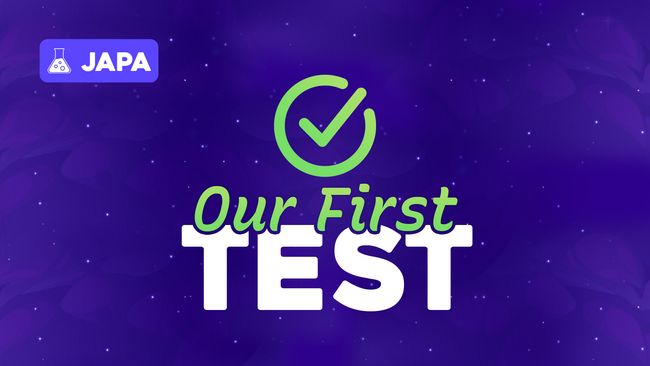

Our First Test
In this lesson, we'll write our first test with Japa and learn about spec files, as well as the three key components of crafting a good test: arrange, act, and assert.

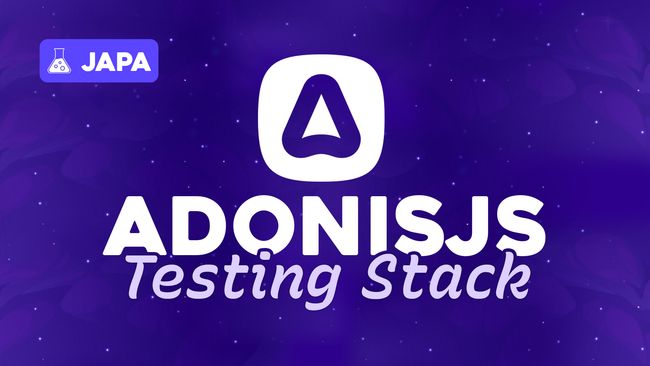

The AdonisJS Testing Stack
In this lesson, we'll pull down the starter project for this series and use it to discuss how Japa is integrated within AdonisJS projects.

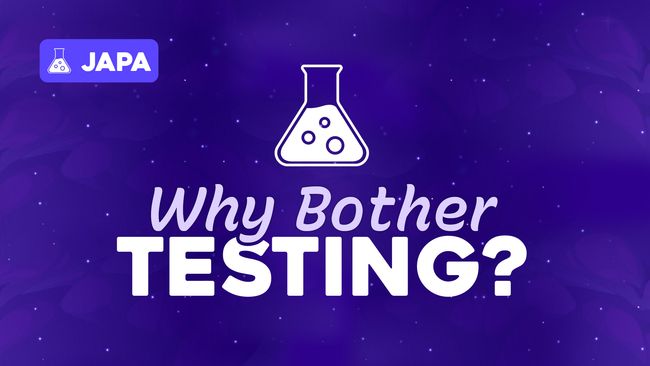

Why Bother Testing?
In this lesson, we'll discuss what the benefits of testing are, what we should focus on when testing, and give a brief introduction to this series.

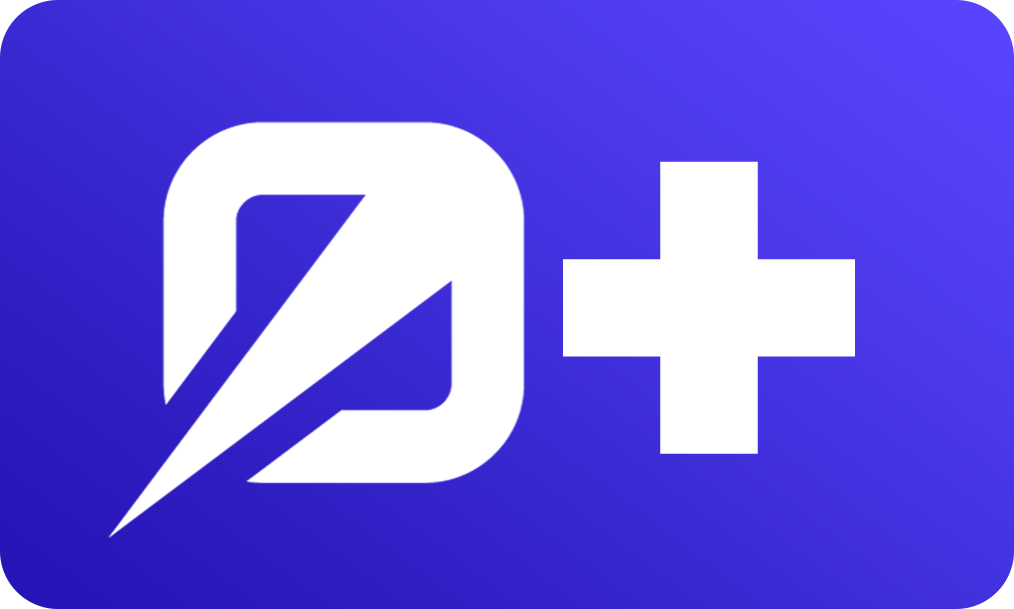
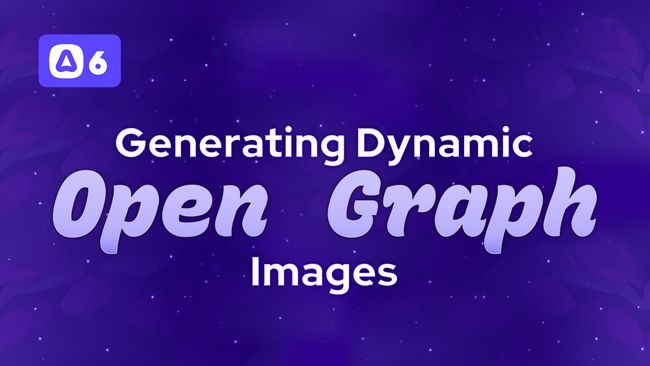

AdonisJS Scenarios #3.0
Generating Dynamic OG Images with AdonisJS & Puppeteer
In this lesson, we'll learn how to generate dynamic Open Graph (OG) images using AdonisJS and Puppeteer. We'll also add rate limiting to limit the number of OG images being generated at once and discuss some things to watch out for.


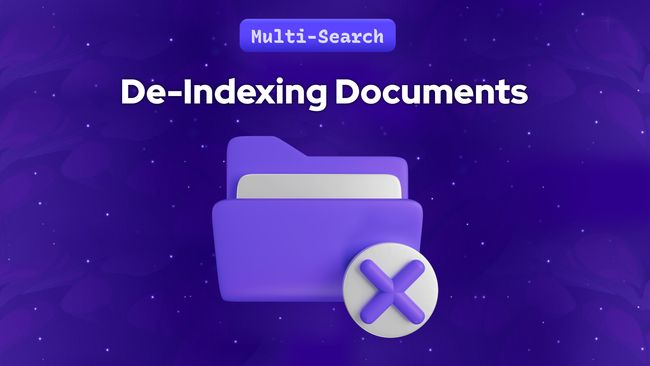

Removing Indexed Documents when they're Deleted
In this lesson, we'll learn how we can remove documents from a Meilisearch index as records are deleted from our application. For this, we'll deindex author documents when a user deletes their account in our application.
Snippets
Accessing Lucid's Knex Connection Client
Ever need to directly access KnexJS, the query builder Lucid wraps around? Here's how you can do it!
Simple AdonisJS 6 Layout Component
With AdonisJS 6, layouts have been removed in favor of components. In this snippet, we provide a simple layout component example.
Get User IP Address when Server is Proxied by Cloudflare
If your server is proxied by Cloudflare, chances are the built-in method to get the user IP Address in AdonisJS is returning Cloudflare's IP instead of your users. With this snippet, we'll fix that!
Using Transaction Events To Defer Actions
We can bind handlers to transaction events to easily defer specific actions until after the transaction has been committed and our changes have persisted to the database.
Require Route Parameter To Start With @ To Match
You can use route matchers to specify requirements on the route parameter. In this snippet, we require our username param to start with the @ character for the route to match.
